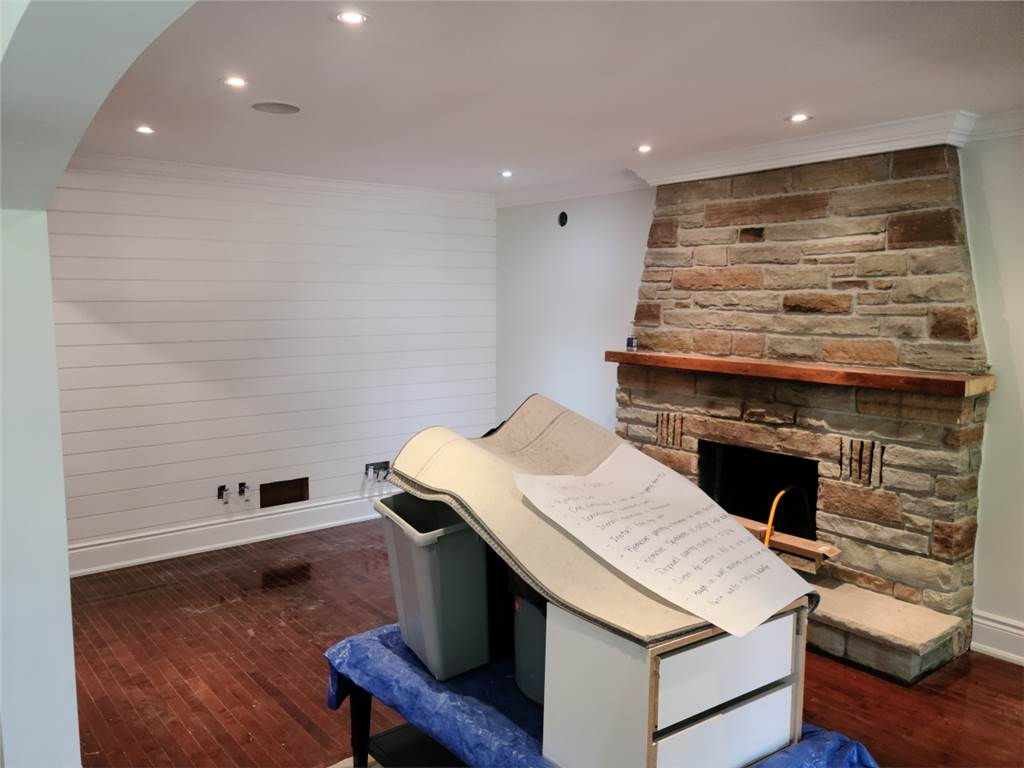
Painting Over Mold: A Quick Guide
If you're like most people, you probably don't relish the idea of painting over mold. But with this quick guide, you'll be able to successfully tackle the project and have a beautiful, mold-free finish. Just follow these simple steps and you'll be on your way to a fresh paint job in no time!
What Is Mold?
Mold is a type of fungus that can grow on various surfaces, including wood, paper, and carpet. While mold is often found in damp or humid environments, it can also grow in dry conditions. Mold reproduces by releasing spores into the air, which can then settle on new surfaces and begin to grow. When mold spores land on a suitable surface, they begin to germinate and produce new mold colonies.
Mold growth can cause a variety of problems, including structural damage to buildings, decay of organic materials (such as food), and negative health effects on humans and animals. Some people are allergic to mold spores, while others may develop respiratory infections or other illnesses after prolonged exposure to moldy environments. Painting over moldy surfaces can have a few advantages. Primarily, it will seal in the mold and prevent it from spreading. Additionally, painting can help to camouflage the mold and make it less visible. Finally, painting can help to protect the surface from further damage caused by the mold.
Painting Over Moldy Surfaces: A Step-By-Step Guide
Painting over moldy surfaces can be a tough one. But with this step-by-step guide will show you how to do it safely and effectively. With just a few simple supplies and some basic knowledge, you can transform any space - no matter how big or small. So, let's get started!
Cleaning the Moldy Surface:
If you have a moldy wall, you'll need to take some special care to clean it properly. Here are the steps you should follow:
Start by mixing up a solution of one part bleach and three parts water.
Put on some rubber gloves, and then use a sponge or brush to apply the bleach solution to the moldy areas of the wall. Be sure to get into all of the nooks and crannies.
Let the bleach solution sit for about 15 minutes, and then rinse it off with clean water.
After the area has been dry, we can apply a mold-resistant paint or primer to it.
Choosing the Right Primer:
Primer paint is a type of coating that is applied to surfaces before the application of other paints. It is designed to create a smooth, even surface on which to apply subsequent coats of paint and to improve the adhesion of those coats. Primer paints are available in both oil-based and water-based formulas. It is a must in painting over moldy spaces.
Mold-resistant primers are typically made with an extra ingredient that helps to prevent the growth of mold spores. However, this added ingredient can also make the primer less effective at sticking to surfaces, so it's important to test it out on a small patch of surface before spraying the entire area.
Our recommendation is Zinsser Mold Killing Primer which is a water-based primer that is specifically designed to kill and prevent the growth of mold. It contains an EPA-registered antimicrobial agent that helps to protect the paint film against fungal growth.
The primer can be used on interior or exterior surfaces, and it dries quickly to form a tough, non-sticky film that helps to seal porous surfaces and inhibit the growth of mold. It is also available in a Hi-Roof version that can be used on metal roofs and other high-traffic areas.
Finding a Mold Resistant Paint:
A mold-resistant paint is a type of paint that is specially formulated to resist the growth of mold and mildew. These paints typically contain antimicrobial agents that inhibit the growth of mold and mildew, as well as additives that make the paint more resistant to moisture and humidity. Mold-resistant paints are ideal for use in damp or humid environments, such as bathrooms, kitchens, laundry rooms, basements, etc. It is going to be one of your best friends when painting over moldy surfaces.
We can recommend a few options but Perma-White Mold & Mildew-Proof Interior Paint is one of the best options that you can find. It is a specially formulated paint that contains an additive that helps to prevent the growth of mold and mildew.
The paint is available in both a matte and a satin finish, and it can be used on interior walls, ceilings, trim, and doors. It is also washable and durable, and it will not peel or crack.



